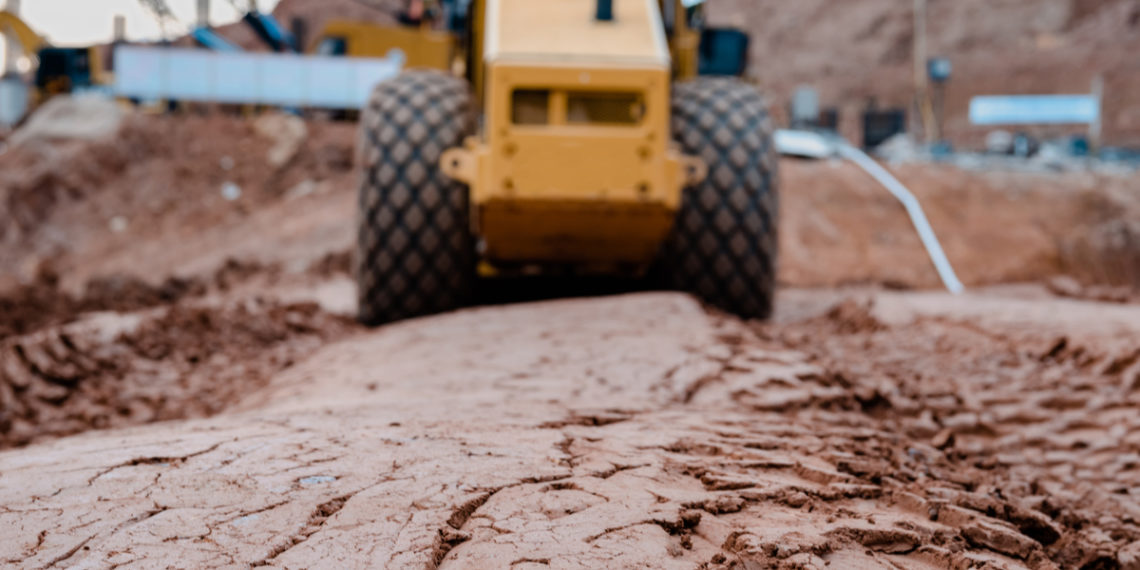Clay is a stiff fine-grained earth material that is usually found in areas where moisture is persistent. It can be likened to mud, but is relatively harder and can be moulded when the right amount of liquid is mixed with it and most especially when it is dried. Clay is typically red, yellow, or bluish-grey. Moreover, it can be baked to become bricks, ceramics, and pots whatever you may like.
Yet, many people also consider erecting their homes on clay soil. Aside from its classic and Victorian-like asset when used as bricks for walls, it is also preferred by others as it provides coolness around their residence. However, clay can be destructive, too. It may cause some major disruptions when wrongly used; thus, it can be counterproductive.
Still, one question comes to mind: is clay good to be used for homes? Let’s weigh its advantages and disadvantages.
Advantages of Building on Clay
Environmentally-friendly
As people tend to go for things that are good for the environment, clay does not disappoint. The properties of clay are so natural that the major ingredients to making bricks out of it are solely clay itself and water. Hence, it skips the part where other chemical components are mixed with it. Clay can be deemed as all-natural so environment enthusiasts are more likely to be drawn to it.
Provides good insulation
Due to its high thermal mass, clay is great at providing excellent insulation properties inside homes. It is efficient in absorbing, storing, and releasing unwanted increase and decrease in temperatures, so it assists building interiors to be warmer during winter and cooler during summer. Given this, clay provides homeowners with a very comfortable internal environment. More so, it lessens the demand for energy consumption for air conditioners and thus lesser carbon emissions for the environment.
Disadvantages of Building on Clay
Can be reactive
Even though many thought that clay can be a durable material for homes to be built on, it also has its setbacks. A common case would be soil heave. This is a phenomenon where a part of the ground expands and thus pushes the foundation upwards. The most common cause of the problem is the varying weather conditions. For instance, during the dry season, clay may be very hard. But when wet seasons come, it may absorb water fast which can soften the ground and weaken the foundation. This creates a warping effect on clay soil and may lead to permanent destruction of your walls and house-ground as well.
Subsidence
In the event where clay loses support due to the great mass your house has, foundations may collapse. This does not only happen during wet seasons but also in areas with a high probability of drought. When tree roots can accumulate water faster in dry seasons, the clay tends to be too dry that it can dismantle, especially when not enough water holds the soil together.
Suitability
Areas with high chances of flood must refrain from building homes on clay. This also includes residences with poor drainage and those without ample trees or shrubs (they absorb water faster so it will not accumulate into the clay soil when the wet season comes).
Best foundation for clay soil
To prevent the inevitable moisture that may cause shrinkage of the foundation, the best remedy would be a drilled-pier or slab-on-grade foundation. Drilled-pier is a cylindrical type foundation that goes deep into the ground to still hold your house in place if wetter seasons come. On another hand, a Slab-on-grade foundation is a shallow grade foundation in which a concrete slab rests directly on the ground below it. These two foundations are protective measures so your house will not fall apart.
Always ask for professional advice.
Though clay might be environmentally friendly, it is of utmost importance to seek experts when choosing to build your house on clay. Doing so will ensure your home’s durability and resistance to changes in weather conditions.


